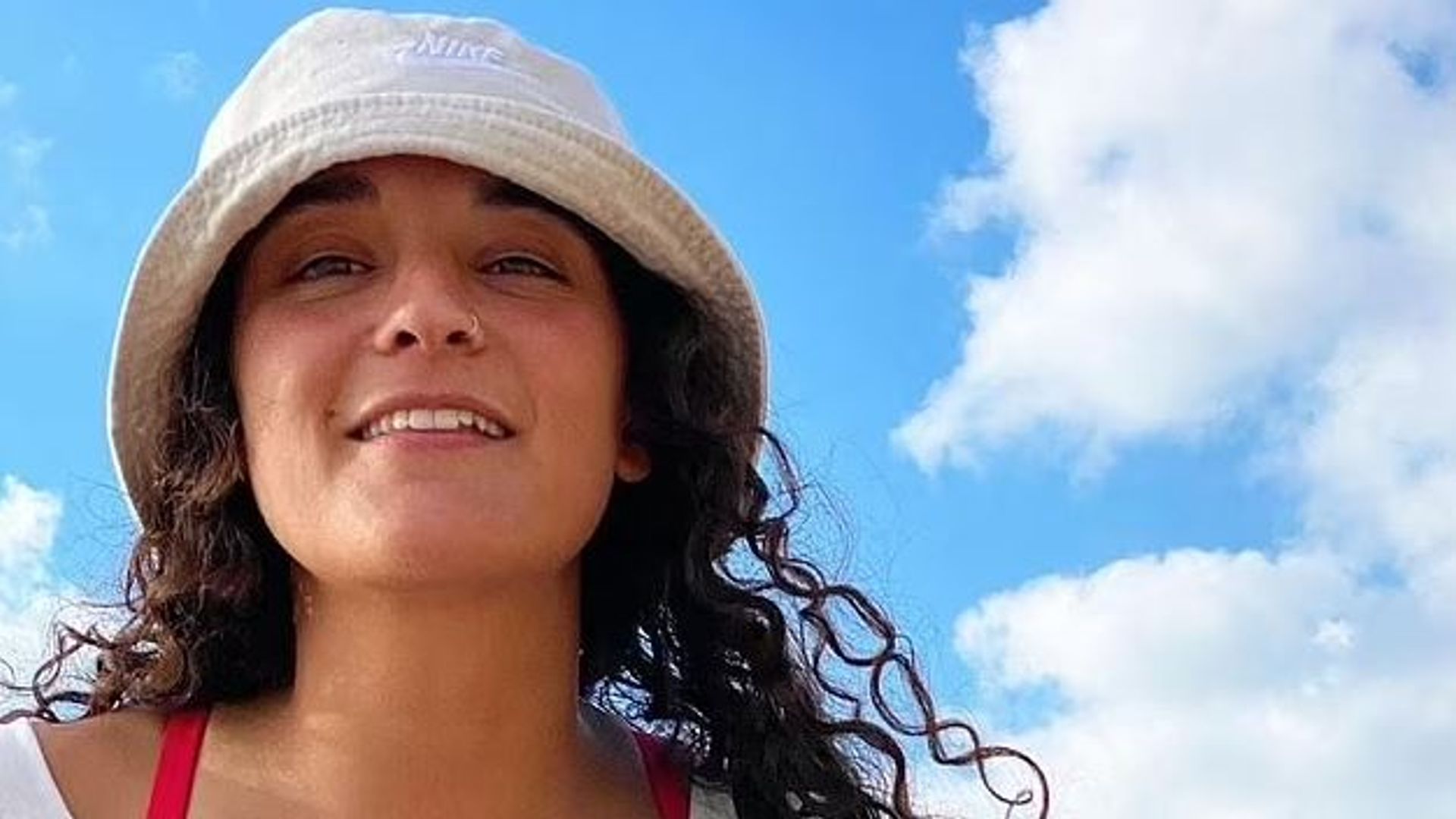
Over the past five years, Emily Baisden has sown native plants at her southern Maine home, and on a spring day she can now count 30 species of birds there in 10 minutes.
“I planted it, and I’m seeing so much life show up in my home,” she said.
Baisden is the seed program director for the Wild Seed Project, a group based in North Yarmouth that advocates for native plants grown from seed.
The nonprofit just released its fourth book, “Planting for Climate Resilience in Northeast Landscapes,” as a guide to planting with environmental challenges and climate change in mind. It makes the case that what you plant on your land can help you with erosion, flooding, soil compaction and more.
People have come to rely on infrastructure for services that plants can and do perform, like erosion control, air quality improvement and flood mitigation, according to Baisden. But the plants are still there, and still resilient.
Even if you focus on growing food, adding certain native plants can help increase your site’s tolerance for extreme weather events, soil challenges and pollination needs. They also provide habitat and food for pollinators and beneficial insects that cultivated crops need. Baisden calls native plants the bases of food webs.
The book includes charts and clues for reading your landscape to determine what conditions a site has and what native plants like these it can support. For example, an abundance of nonnative crabgrass, ox-eye daisy, autumn olive and narrow-leaved plantain means dry soil that drains quickly. It would also support native yarrow, common evening primrose, sumac and others.
Baisden said the book focuses on the concept of “right plant, right place” to guide decisions and acknowledge how land changes with variable weather from climate change, with the idea that planting is one thing individuals can do in response.
Some locations, like her own yard, are primarily wet areas when they weren’t just a few years ago, for example.
Blue vervain is one native plant that can survive flooding, salt, soil compaction and erosion. If Baisden had drier land prone to erosion, she could try sweetfern, which can withstand road salt, fire and dry soil. It spreads through the roots, forming a mat to control erosion. Baisden has seen it growing from barrens to garden beds.
“Everything in this guide is pretty tough, assuming it’s planted in the right conditions,” she said. “A lot of those plants can handle all these variable conditions.”
Part of that resiliency comes through planting from seeds, rather than cloned plants or grafted cuttings, which is how many conventional growers sell plants.
Those new plants are genetically identical to the ones they came from, meaning that one extreme environmental event can wipe out all of them. When plants are grown from seed, each one has genetic variety, and over time can adapt to different conditions.
“Within the grab bag, someone in there will be more likely to be able to handle it,” said Caitlin Marshall, the organization’s communications director.
There are 18 seed-grown nurseries in Maine, and they’ve been increasing both here and in the Northeast, according to Baisden. The project maintains a directory on its website and sells its own seeds.
The first step before planning any changes, Baisden said, is figuring out what your site wants. While you can put a lot of time and energy into changing your soil, some plants can thrive with what you already have.











